PRODUCT DETAILS
| Sodium Stibogluconate Basic information |
| Product Name: |
Sodium Stibogluconate |
| Synonyms: |
SODIUM STIBOGLUCONATE;SSG;NASB;NASBV;d-gluconicacid,2,4:2’,4’-o-(oxydistibylidyne)bis-,sb,sb’-dioxide,trisodium;d-gluconicacid,cyclicesterwithantimonicacid(h8sb2o9)(2:1),trisodium;estibogluconatosodico;myostibin |
| CAS: |
16037-91-5 |
| MF: |
C12H37Na3O27Sb2 |
| MW: |
925.9 |
| EINECS: |
|
| Product Categories: |
|
| Mol File: |
16037-91-5.mol |
 |
| |
| Sodium Stibogluconate Chemical Properties |
| Melting point |
>250°C (dec,) |
| storage temp. |
2-8°C |
| solubility |
H2O: 1 mg/mL at ~75 °C |
| form |
solid |
| color |
pale yellow |
| Stability: |
Hygroscopic |
| InChIKey |
VJCZMGLJTJZFEN-ZYPIZMQFSA-K |
| CAS DataBase Reference |
16037-91-5 |
| Hazard Codes |
Xn,N |
| Risk Statements |
20/22-51/53 |
| Safety Statements |
61 |
| RIDADR |
3282 |
| WGK Germany |
3 |
| RTECS |
CC7930000 |
| HazardClass |
6.1(b) |
| PackingGroup |
III |
| Toxicity |
LD50 ipr-mus: 33 mg/kg CLDND* 11,155,49 |
| |
| Sodium Stibogluconate Usage And Synthesis |
| Description |
Sodium stibogluconate is a pentavalent antimony derivative that is highly active against Leishmania amastigotes in macrophages. Sodium stibogluconate has diverse effects on both this intracellular parasite and its host cell. |
| Uses |
Sodium Stibogluconate is an intermediate used to prepare Dihydropyrido[2,3-d]pyrimidines as a new class of antileishmanial agents. |
| Uses |
Sodium stibogluconate is a pentavalent antimony derivative that is highly active against Leishmania amastigotes in macrophages. Sodium stibogluconate has diverse effects on both this intracellular parasite and its host cell. |
| Antimicrobial activity |
It has low activity against the extracellular promastigote stage of Leishmania spp. in vitro, but is active against amastigotes in macrophages. The trivalent form is considered to be the toxophore, with metabolism of SbV to toxic SbIII in the host cell macrophage and the parasite; the level of metabolism is higher in amastigotes than promastigotes. Variation in the sensitivity of different Leishmania species may contribute to differences in clinical response. It is more active against visceral than cutaneous leishmaniasis in animal models. Sodium stibogluconate cures CNS infections with T. brucei in rodents. |
| Acquired resistance |
Unresponsiveness and relapse of L. donovani infections in Bihar State, India (over 60% of cases), is due to increasing acquired resistance. In laboratory-generated and clinical isolates, resistant Leishmania promastigotes show increased levels of intracellular thiols, for example trypanothione, to which SbIII is conjugated and extruded by efflux pumps.
Lack of response is also reported in patients with mucosal leishmaniasis caused by L. braziliensis. Relapse is common in patients with visceral leishmaniasis who are immunosuppressed, for example by HIV infection, but this is due to pathogen interaction and the immune dependence of drug activity and not acquired resistance. High mortality has been reported in treatment of these co-infection cases. |
| Pharmaceutical Applications |
A pentavalent antimonial of uncertain chemical composition; probably a complex mixture of polymeric forms. There is batchto- batch variation and solutions may contain 32–34% pentavalent antimony (SbV). The structural formula is conjectural as studies have identified a mixture of non-complexed SbV and large polymeric gluconate complexes. Chemical composition also depends on concentration and time. It is freely soluble in water. |
| Pharmacokinetics |
Peak concentrations of about 12–15 mg antimony/L are achieved in serum 1 h after a dose of 10 mg/kg. There is a slow accumulation in the central compartment, and tissue concentrations reach a maximum after several days. In contrast to trivalent derivatives, pentavalent antimonials are not accumulated by erythrocytes, but there is evidence of protein binding. Antimony is detected in the skin for at least 5 days after treatment. Some of the dose of SbV is converted to SbIII, possibly by the liver or by macrophages. It is rapidly excreted into urine with a half-life of about 2 h; 60–80% of the dose appears in the urine within 6 h of parenteral administration. In a study on structurally related meglumine antimonate the pharmacokinetics of SbV and SbIII were similar as measured by serum and urine levels. |
| Clinical Use |
Sodium antimony gluconate (Pentostam) is a pentavalent antimonialcompound intended primarily for the treatment ofvarious forms of leishmaniasis. It is available from the CDCas the disodium salt, which is chemically stable and freelysoluble in water. The 10% aqueous solution used for eitherintramuscular or intravenous injection has a pH of approximately5.5. Like all antimonial drugs, this drug has a lowtherapeutic index, and patients undergoing therapy with itshould be monitored carefully for signs of heavy metal poisoning.Other organic antimonial compounds are used primarilyfor the treatment of schistosomiasis and other flukes.The antileishmanial action of sodium stibogluconate requiresits reduction to the trivalent form, which is believedto inhibit phosphofructokinase in the parasite. |
| Clinical Use |
Visceral, cutaneous and mucocutaneous leishmaniasis
The combination with paromomycin has been used in unresponsive cases and in relapses of visceral and cutaneous leishmaniasis. |
| Side effects |
The toxic effects are limited by the rapid excretion, but cumulative toxicity increases in proportion to dose. Myalgia, arthralgia, anorexia and electrocardiographic changes have been reported with high-dose regimens. In particular, development of ventricular tachyarrhythmias associated with prolongation of the QT interval has been recorded. Hepatocellular damage, hepatic and renal functional impairment and pancreatitis have also been reported. The changes are reversible on discontinuation of treatment. |
| Safety Profile |
Poison by intraperitoneal route. When heated to decomposition it emits toxic fumes of Sb. |
| Veterinary Drugs and Treatments |
Sodium stibogluconate is used for the treatment of leishmaniasis in dogs. |
| Drug interactions |
otentially hazardous interactions with other drugs
P Antifungals: possible increased risk of arrhythmias with amphotericin - give 14 days apart. |
| Metabolism |
No data on possible metabolic pathways.
Elimination occurs in two phases; a rapid initial phase, in which the majority of a dose is excreted via the kidneys within 12 hours, and a slower phase, possibly reflecting reduction to trivalent antimony. |
|
|
|
|
|
About Our Group
Leader Biochemical Group is a large leader incorporated industry manufacturers and suppliers of advanced refined raw materials From the year of 1996 when our factory was put into production to year of 2020, our group has successively invested in more than 52 factories with shares and subordinates.We focus on manufacture Pharm & chemicals, functional active ingredients, nutritional Ingredients, health care products, cosmetics, pharmaceutical and refined feed, oil, natural plant ingredients industries to provide top quality of GMP standards products.All the invested factories' product lines cover API and intermediates, vitamins, amino acids, plant extracts, daily chemical products, cosmetics raw materials, nutrition and health care products, food additives, feed additives, essential oil products, fine chemical products and agricultural chemical raw materials And flavors and fragrances. Especially in the field of vitamins, amino acids, pharmaceutical raw materials and cosmetic raw materials, we have more than 20 years of production and sales experience. All products meet the requirements of high international export standards and have been recognized by customers all over the world. Our manufacture basement & R&D center located in National Aerospace Economic & Technical Development Zone Xi`an Shaanxi China. Now not only relying on self-cultivation and development as well as maintains good cooperative relations with many famous research institutes and universities in China. Now, we have closely cooperation with Shanghai Institute of Organic Chemistry of Chinese Academy of Science, Beijing Institute of Material Medical of Chinese Academy of Medical Science, China Pharmaceutical University, Zhejiang University. Closely cooperation with them not only integrating Science and technology resources, but also increasing the R&D speed and improving our R&D power. Offering Powerful Tech supporting Platform for group development. Keep serve the manufacture and the market as the R&D central task, focus on the technical research. Now there are 3 technology R & D platforms including biological extract, microorganism fermentation and chemical synthesis, and can independently research and develop kinds of difficult APIs and pharmaceutical intermediates. With the strong support of China State Institute of Pharmaceutical Industry (hereinafter short for CSIPI), earlier known as Shanghai Institute of Pharmaceutical Industry (SIPI), we have unique advantages in the R & D and industrialization of high-grade, precision and advanced products. Now our Group technical force is abundant, existing staff more that 1000 people, senior professional and technical staff accounted for more than 50% of the total number of employees, including 15 PhD research and development personnel, 5 master′ S degree in technical and management personnel 9 people. We have advanced equipment like fermentation equipment and technology also extraction, isolation, purification, synthesis with rich production experience and strict quality control system, According to the GMP required, quickly transforming the R&D results to industrial production in time, it is our advantages and our products are exported to North and South America, Europe, Middle East, Africa, and other five continents and scale the forefront in the nation, won good international reputation. We believe only good quality can bring good cooperation, quality is our key spirit during our production, we are warmly welcome clients and partner from all over the world contact us for everlasting cooperation, Leader will be your strong, sincere and reliable partner in China.
Our Group profiles
Our Factories production lines
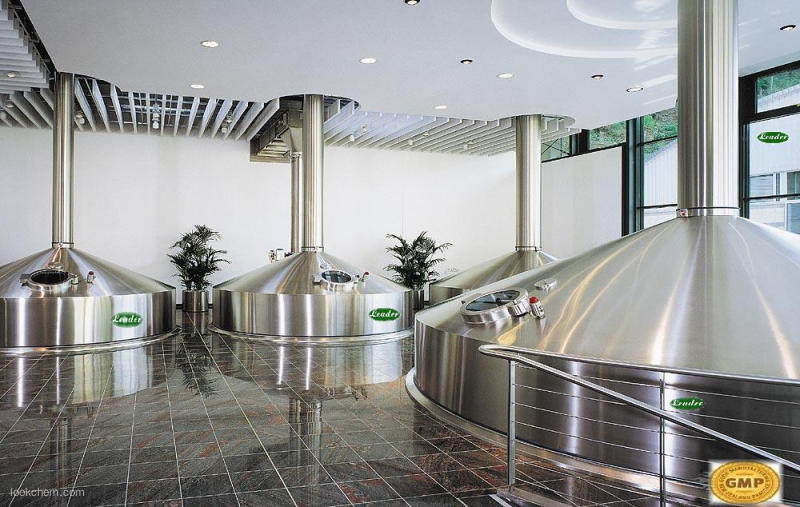
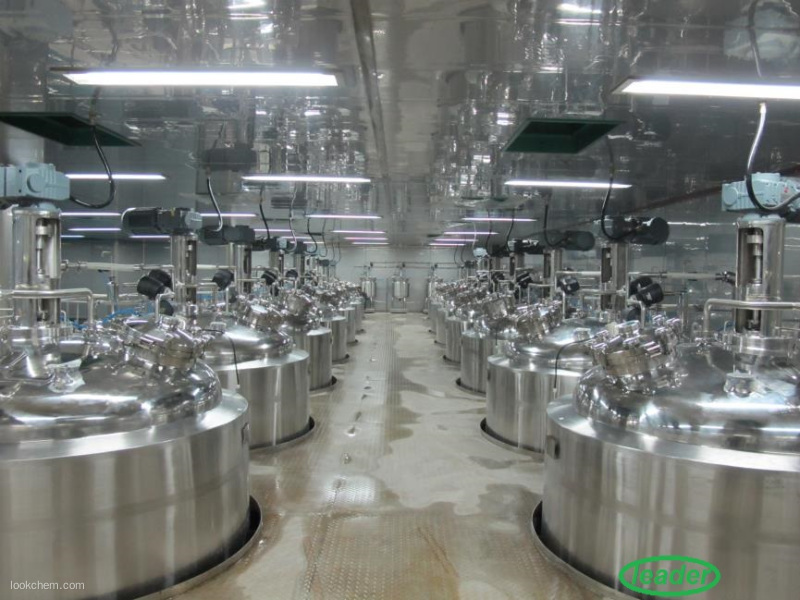
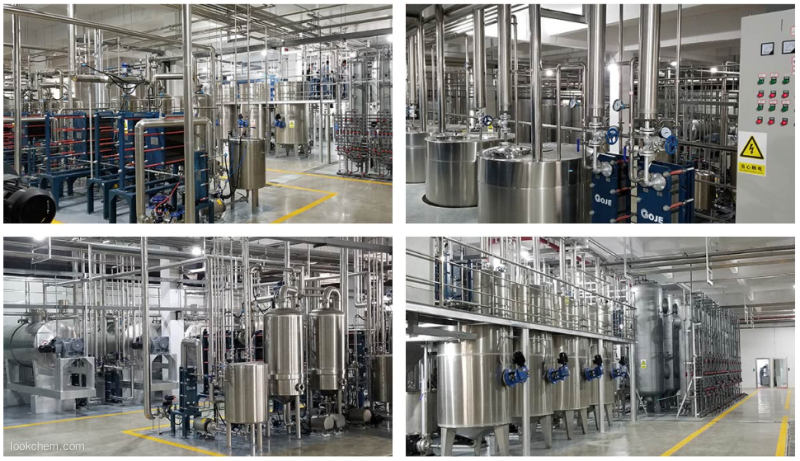
Our Factories R&D ability

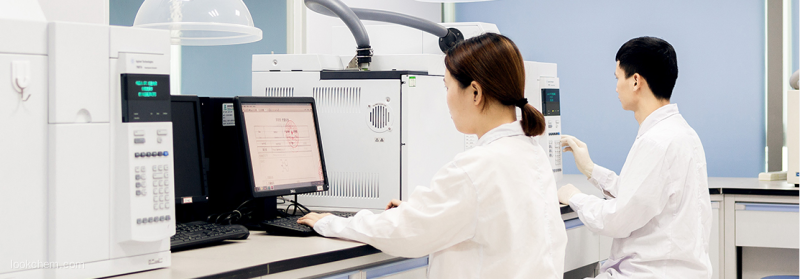
Our Factories warehouse

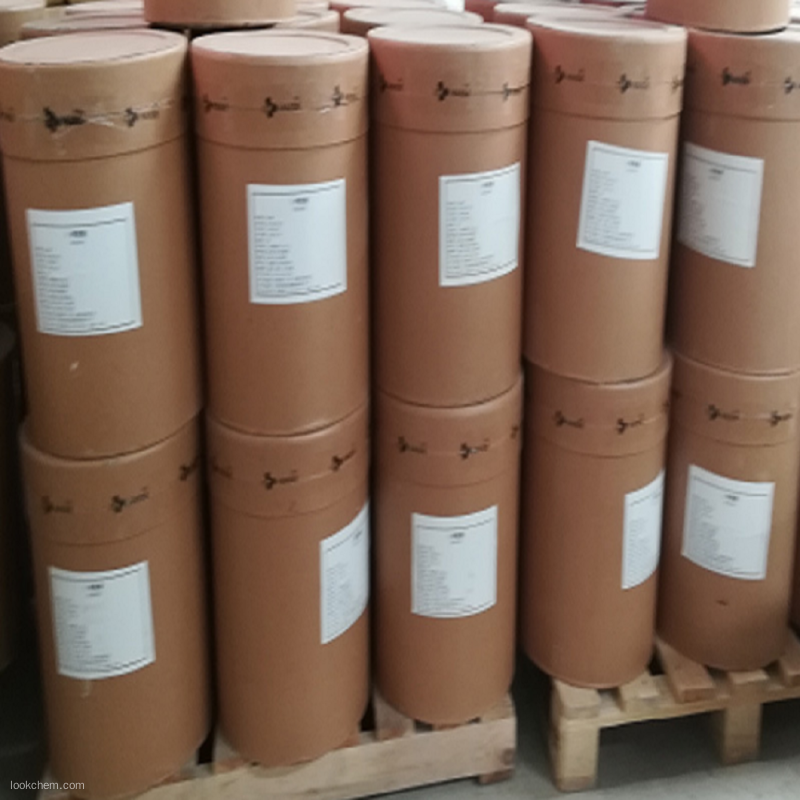


 Premiumsupplier
Premiumsupplier 



